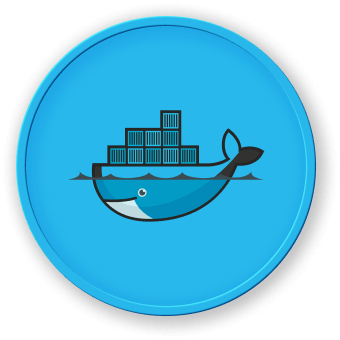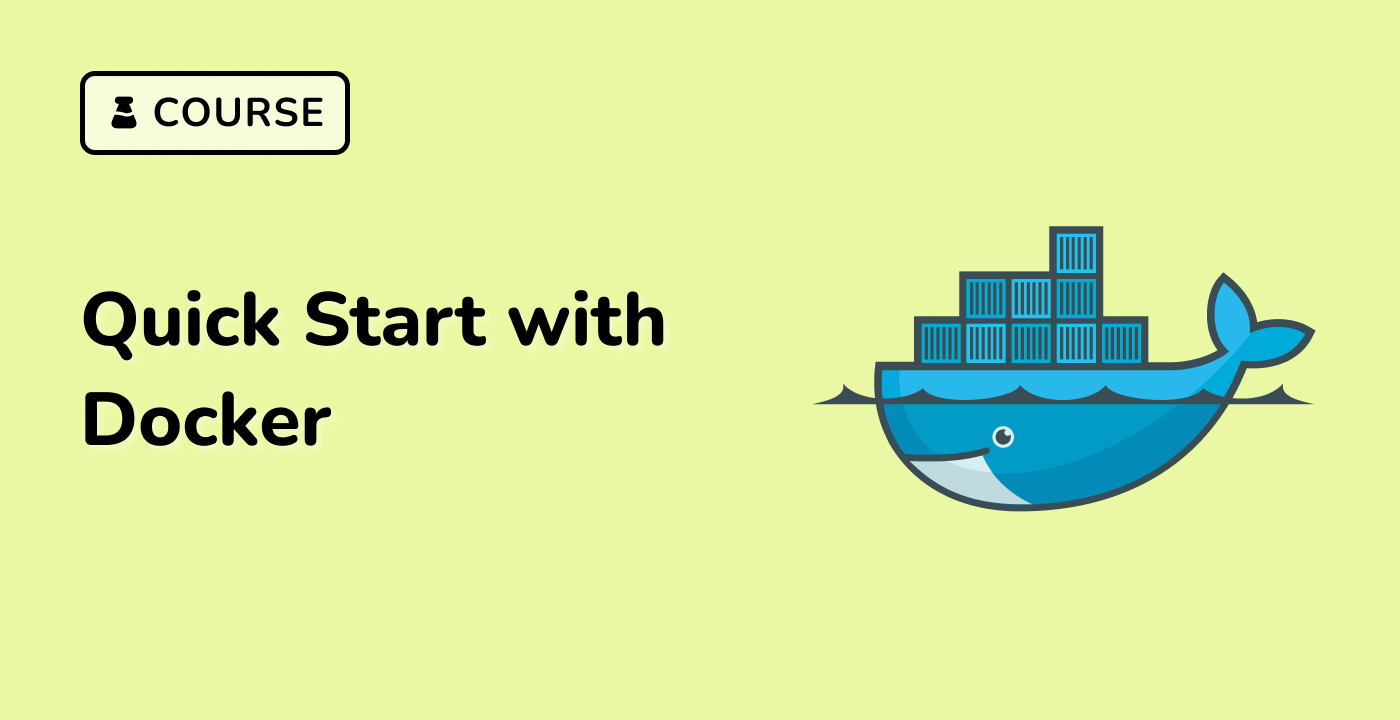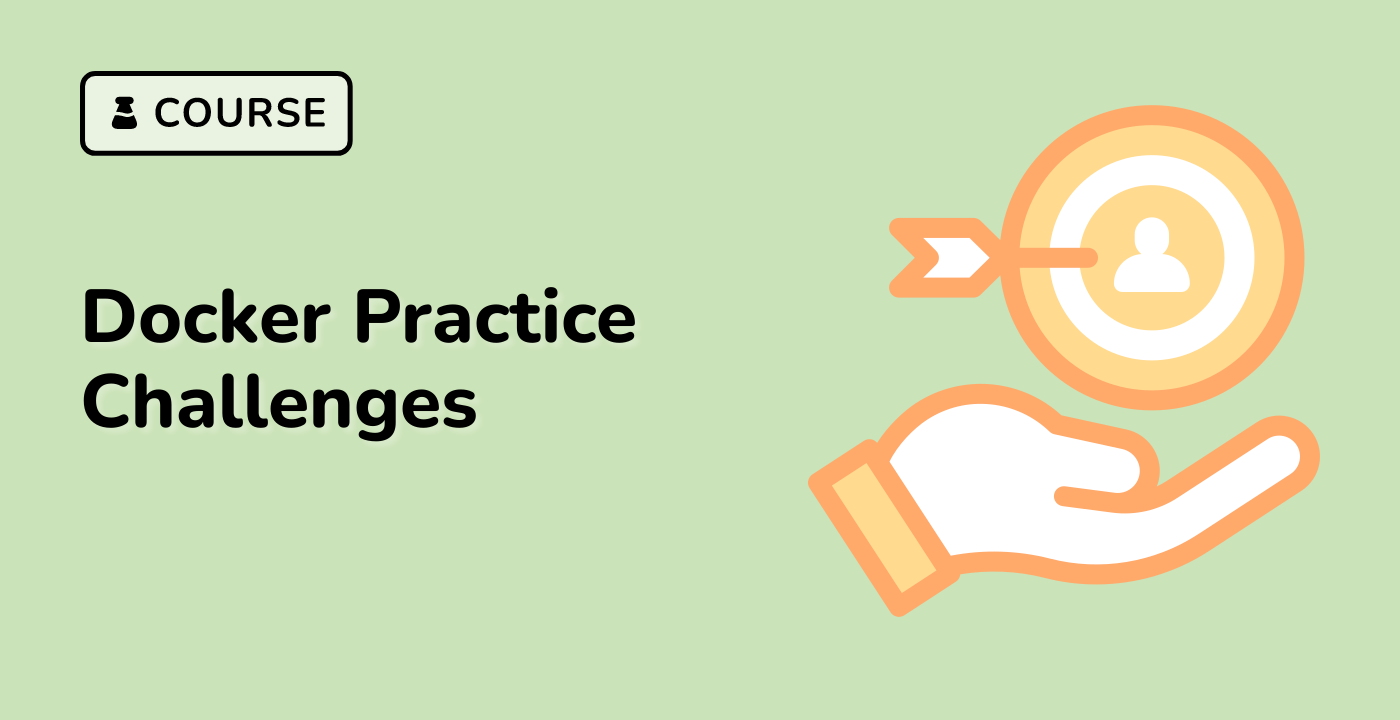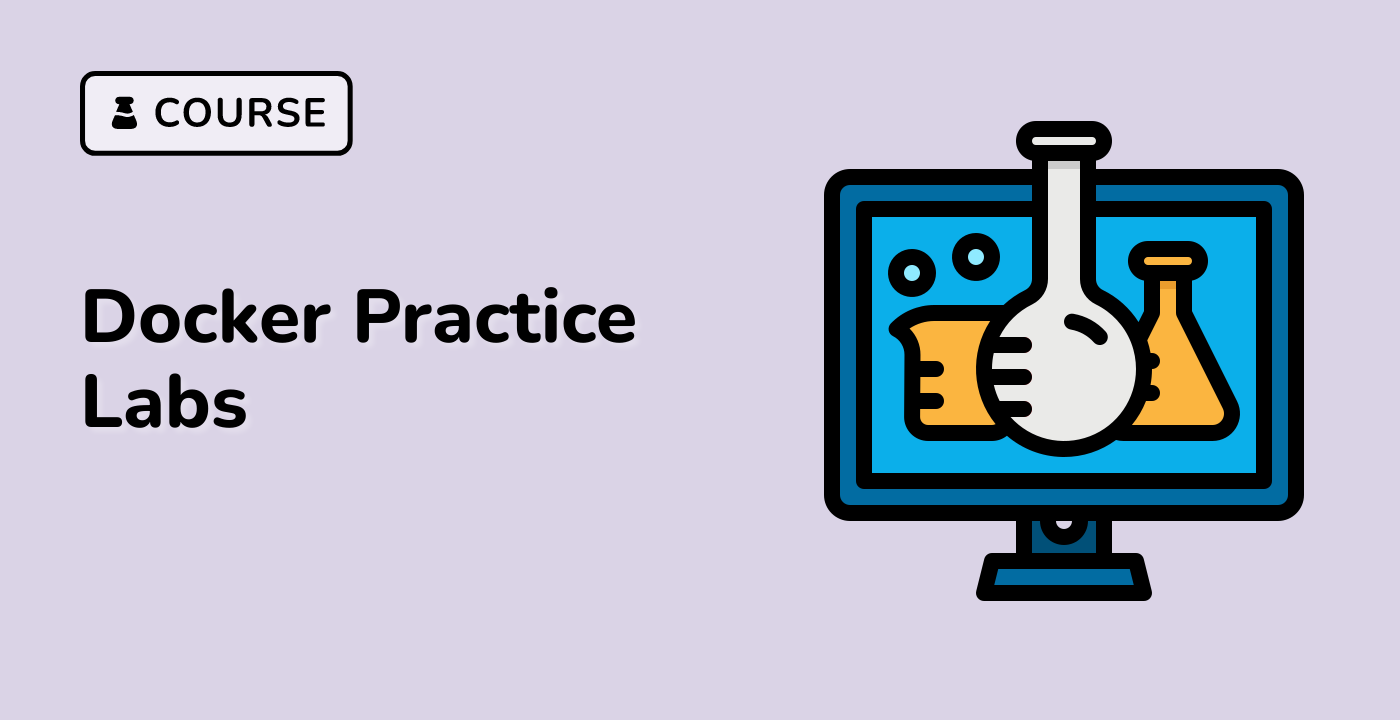Docker Basics
Introduction to Docker
Docker is a powerful containerization technology that revolutionizes software development and deployment. As an open-source platform, Docker enables developers to package, distribute, and run applications consistently across different computing environments.
Core Concepts of Containerization
Containerization is a lightweight alternative to full machine virtualization, allowing applications to run in isolated environments. Docker uses container technology to create portable and efficient software deployment solutions.
graph TD
A[Application Code] --> B[Docker Container]
B --> C[Consistent Deployment]
B --> D[Isolated Environment]
Key Docker Components
| Component |
Description |
Function |
| Docker Engine |
Core Runtime |
Manages container lifecycle |
| Docker Image |
Lightweight Template |
Defines container configuration |
| Docker Container |
Runnable Instance |
Executes application |
Installation on Ubuntu 22.04
## Update package index
sudo apt update
## Install dependencies
sudo apt install apt-transport-https ca-certificates curl software-properties-common
## Add Docker's official GPG key
curl -fsSL | sudo gpg --dearmor -o /usr/share/keyrings/docker-archive-keyring.gpg
## Set up Docker repository
echo "deb [arch=$(dpkg --print-architecture) signed-by=/usr/share/keyrings/docker-archive-keyring.gpg] $(lsb_release -cs) stable" | sudo tee /etc/apt/sources.list.d/docker.list > /dev/null
## Install Docker Engine
sudo apt update
sudo apt install docker-ce docker-ce-cli containerd.io
Basic Docker Commands
## Check Docker version
docker --version
## Pull an image from Docker Hub
docker pull ubuntu:latest
## List local images
docker images
## Run a container
docker run -it ubuntu:latest /bin/bash
Container Lifecycle Management
Docker provides comprehensive tools for managing container lifecycle, including creation, execution, stopping, and removal. Containers can be easily started, paused, and terminated with simple commands.
Containers offer significant advantages over traditional virtualization:
- Minimal resource overhead
- Rapid startup times
- Consistent cross-environment deployment
- Efficient resource utilization




